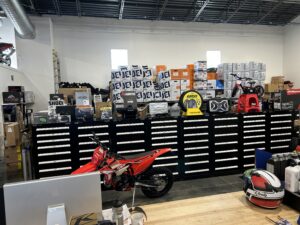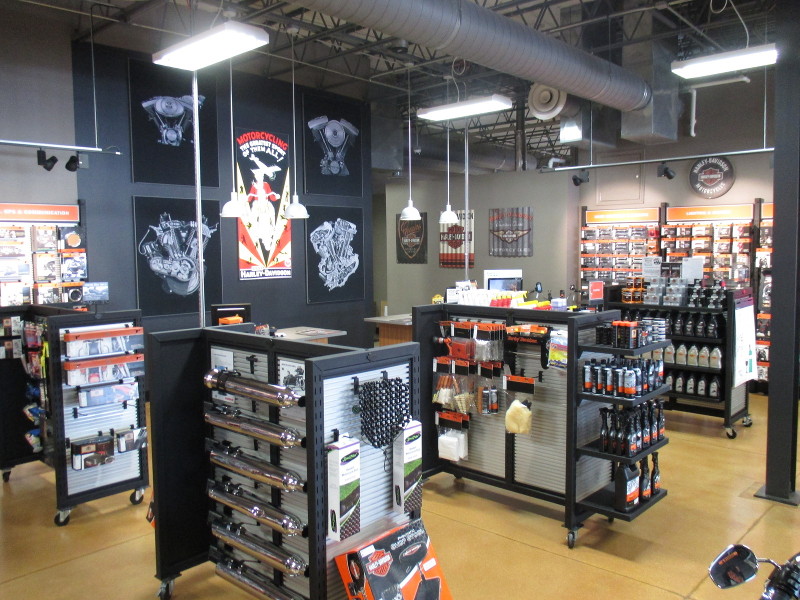Your Best Motorbike Shop for High Quality Parts and Accessories
Your Best Motorbike Shop for High Quality Parts and Accessories
Blog Article
Mastering Bike Gears: Exactly How to Optimize Your Riding Experience
In the realm of motorcycling, understanding the art of gear manipulation is critical for boosting your riding performance. Effectively making use of and recognizing motorcycle equipments can substantially impact acceleration, gas, and control performance, transforming an ordinary trip right into a seamless, exhilarating journey. By incorporating accurate shift timing and adapting equipment choice to different road conditions, motorcyclists can guarantee ideal engine efficiency and safety. The nuances of clutch control, throttle coordination, and equipment mechanics beckon a much deeper expedition, promising to open the complete potential of your device. Just how can these techniques be taken advantage of to absolutely optimize your riding experience?
Recognizing Equipment Mechanics
At the core of motorbike characteristics, equipment mechanics play a crucial function in transforming engine power into motion, eventually dictating rate and control. The gear proportions, carefully created, identify the partnership between engine changes and wheel turns, affecting velocity and fuel performance.
Understanding equipment mechanics starts with recognizing the value of the gearbox, which houses several equipments of varying dimensions. These gears engage via a process understood as meshing, where teeth of various gears involve to transfer power. The accuracy of this communication is crucial; any type of imbalance or damage can cause ineffective power transfer, hindering efficiency. In addition, the arrangement and size of equipments affect the motorcycle's capacity to manage various loads and speeds.
In addition, the concept of gear moving is indispensable to making the most of efficiency. Smooth and prompt changes make certain that the engine runs within its optimum power band, preventing unnecessary strain and enhancing longevity (motorcycle shop). By understanding these mechanical intricacies, riders can achieve an unified mix of control, power, and effectiveness, raising their riding experience
Timing Your Shifts
Shift timing proficiency is crucial for maximizing bike efficiency and improving the riding experience. Correctly timed shifts make certain that the engine runs within its ideal power band, which is important for maintaining control, achieving smooth velocity, and making sure the durability of the motorcycle. Cyclists have to establish an user-friendly sense of when to change gears, which involves recognizing the connection between engine changes per minute (RPM) and speed.
To understand shift timing, pay very close attention to the engine's audio and feel, as these provide crucial hints about when to alter gears. The excellent change point commonly happens when the engine approaches the top variety of its power band without getting to the redline. Moving prematurely can result in an absence of power, while shifting far too late may trigger unneeded engine strain
In addition, road conditions and riding design impact change timing. In contrast, during freeway riding, less changes at higher speeds can be a lot more suitable.
Enhancing Fuel Effectiveness
While grasping motorbike equipments is critical for performance, enhancing fuel efficiency is equally essential for both environmental and economic reasons. Optimal fuel consumption not only reduces operational prices yet also minimizes the ecological impact of riding. To attain this, one have to recognize the detailed partnership in between gear selection and engine performance.
Firstly, picking the appropriate equipment at proper speeds can considerably affect fuel consumption. Riding in a greater equipment at lower speeds can lead to engine hauling, which is destructive to both gas economic situation and engine wellness. Alternatively, riding in lower gears at broadband causes unnecessary fuel intake. Hence, preserving an optimal equilibrium by moving gears abreast with roadway conditions and anticipated maneuvers is crucial.
In addition, routine upkeep plays an essential role in gas efficiency. Making certain that the motorbike useful content is well-tuned, with clean air filters and effectively pumped up tires, can minimize and enhance the rules of aerodynamics fuel wastefulness. Additionally, taking on a riding design that embraces steady acceleration and smooth slowdown can add to much better gas economic climate.

Techniques for Smooth Transitions
Achieving smooth equipment shifts is basic to enhancing the riding experience and making sure the long life of a motorbike's transmission system. Proper gear changing not only adds to a seamless experience yet additionally minimizes damage on the mechanical elements. To understand the art of smooth transitions, motorcyclists must concentrate on a couple of key methods.

Secondly, clutch control plays a pivotal role. Involving and disengaging the clutch efficiently needs method. The clutch lever should be released gradually, permitting a smooth transfer of power from the engine to the wheels without creating a jolt or sudden activity.

Adjusting to Road Conditions
Browsing varied road conditions is an essential ability for any motorcyclist intending to keep control and security. Whether you're riding on wet surface areas, gravel roads, or browsing sharp turns, your ability to adjust your gear usage and riding technique is paramount. Recognizing exactly how to adjust your equipments properly can considerably impact grip and stability, making certain a much safer journey.
On damp roadways, it is recommended to maintain greater gears to decrease torque and decrease wheel spin. This strategy assists maintain grasp on slippery surface areas, enabling smoother acceleration and deceleration. In comparison, when riding on crushed rock or uneven surface, lower equipments are preferable. Reduced equipments give much better control and permit you to react more quickly to unexpected changes in the road surface area.
Sharp curves demand exact equipment monitoring to balance speed and control. Downshifting before entering a contour can help keep energy while ensuring the motorcycle stays steady throughout the turn. Regular practice in varied conditions improves your capability to predict and respond to modifications in road texture and incline.
Verdict
Grasping bike gears significantly enhances the riding experience by improving control, fuel, and acceleration performance. A complete understanding of equipment technicians and exact change timing makes certain the engine operates within its optimal power band, while smooth heated motorcycle jacket changes with efficient clutch and throttle control increase comfort and performance. Adjusting equipment option to numerous road problems, such as making use of greater equipments on wet surface areas and reduced equipments on crushed rock, more improves handling and safety. Inevitably, these skills raise the general journey.
Understanding equipment technicians starts with acknowledging the importance of the gearbox, which houses numerous equipments of varying sizes. These equipments connect via a procedure known as meshing, where teeth of various gears engage to transfer power (motorcycle parts nz). Gentle adjustments to the throttle during gear shifts can stop jerky activities and maintain a consistent riding visit speed
Whether you're riding on damp surfaces, crushed rock roads, or navigating sharp turns, your capacity to adapt your equipment use and riding method is critical. Adapting gear option to numerous road problems, such as making use of greater equipments on damp surfaces and lower equipments on crushed rock, additional improves handling and security.
Report this page